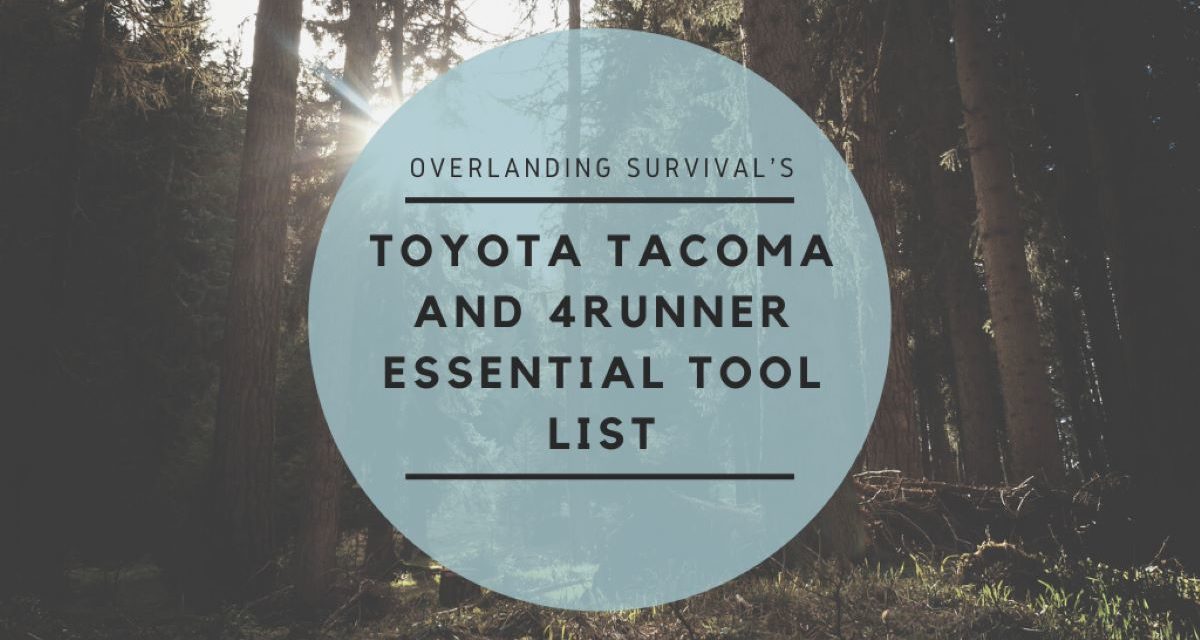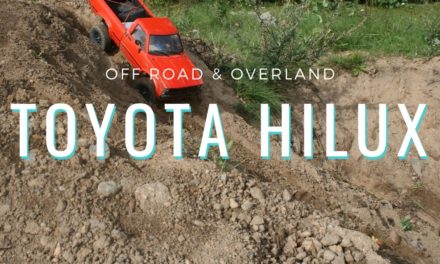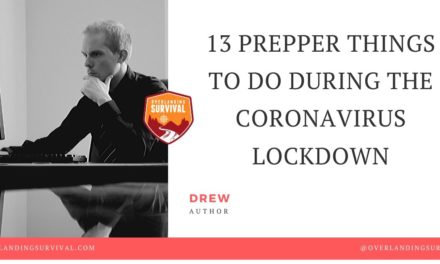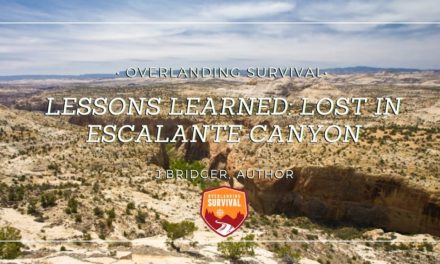Truck tool philosophy:
The essential set of tools listed is specific to the vehicle, with few extras. While the skillset of the driver and/or crew may not include the expertise for major or deep engine repairs, the tools may be necessary for someone else to do the work. Imagine crawling out of an overland trip while stuck in first gear, arriving at a tiny town with one mechanic. Or even meeting another overlander out in the field who could work on your vehicle if only the proper tools were available. Having the tools on hand, may allow the mechanic to get your Toyota to limp to the next bigger town where appropriate repairs can be made.
On the other hand, weight is the enemy of overlanding so only carry what you may need. It is not your responsibility to carry extra tools that do not fit your vehicle just in case you encounter someone else with different tool needs than your own.
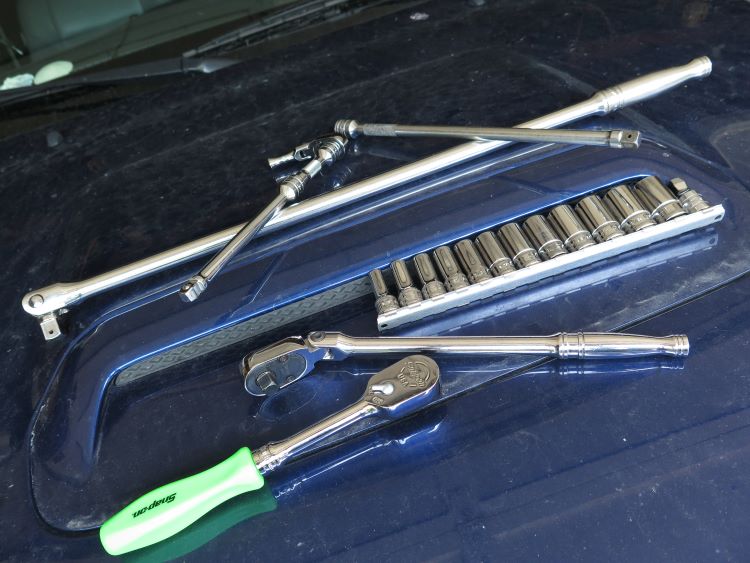
Ratchets and sockets
5.5mm
8mm-19mm shallow sockets, 3/8” drive
21mm deep for lug nuts, ½” drive
22, 24mm shallow, ½” drive
5/8 deep spark plug socket
¼“ drive ratchet
3/8” inch drive ratchet
½ “ratchet extension
3/8” ratchet extensions, 3”, 6” and 8”
Wobble ratchet extensions, ¼” and 3/8”

Hex (Allen) sockets
5, 6, 8, 10, & 12mm
T20
T25
T30
T40
T55
Reverse Torx (female)
E7
E14
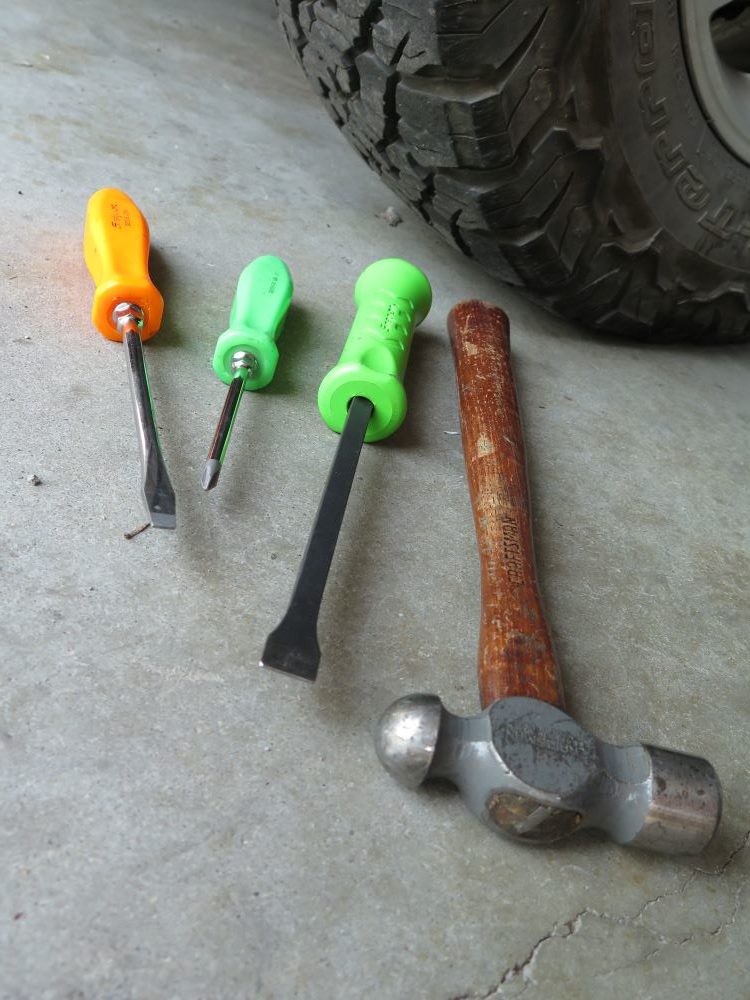
General Tools:
8mm-19mm combination wrench set
10mm flare nut wrench
Ball peen hammer
18” or 24” striking pry bar
Torque wrench up to 100 foot/pounds
Wire strippers/cutters
Slip-joint pliers, large and small
Needle nose pliers, large and small
Large and small “Channellock” or Knipex pliers
Slotted screwdrivers, large, medium, small
Phillips screwdrivers, #3, #2, #1
Micro screwdriver/hex/torx set
Utility knife with extra blades
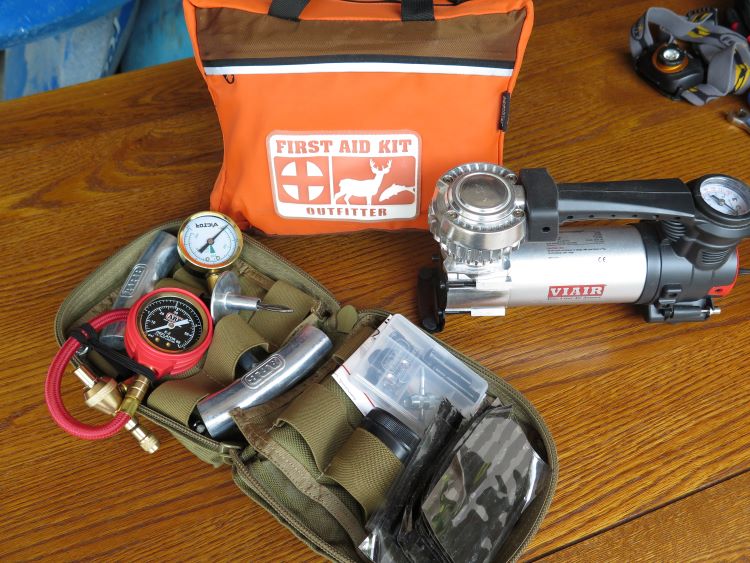
Essential Gear:
First Aid Kit and tourniquet
Leather work gloves
Truck paperwork, insurance card
Headlamp, extra batteries
Area/work light with battery
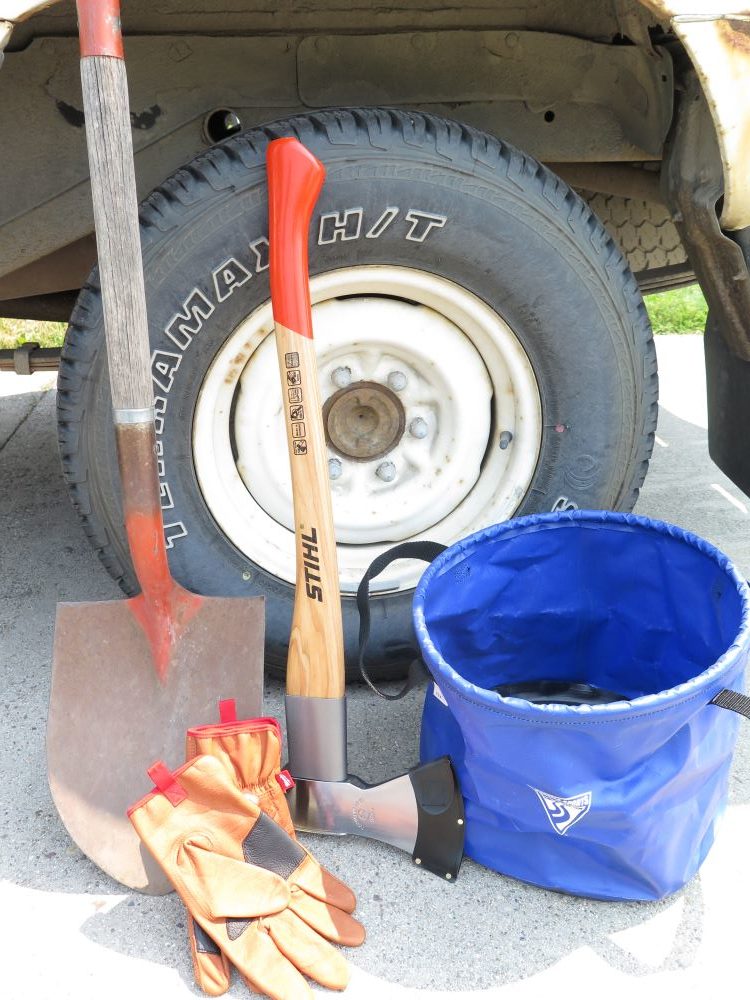
Bigger Gear:
Axe
Hatchet
Shovel
Bucket
Dynamic recovery strap
Shackles, soft and hard
Ratchet straps
Air Compressor
Tire deflator
Tire repair kit
Bluetooth speaker
Repair Gear:
Fire extinguisher
Duct Tape
Electrician Tape
Rescue Tape
Trash bags
Electrical wire
Repair wire
JB Sealant
Camper Tape
Hose Clamps
Extra bolts, nuts, washers, screws
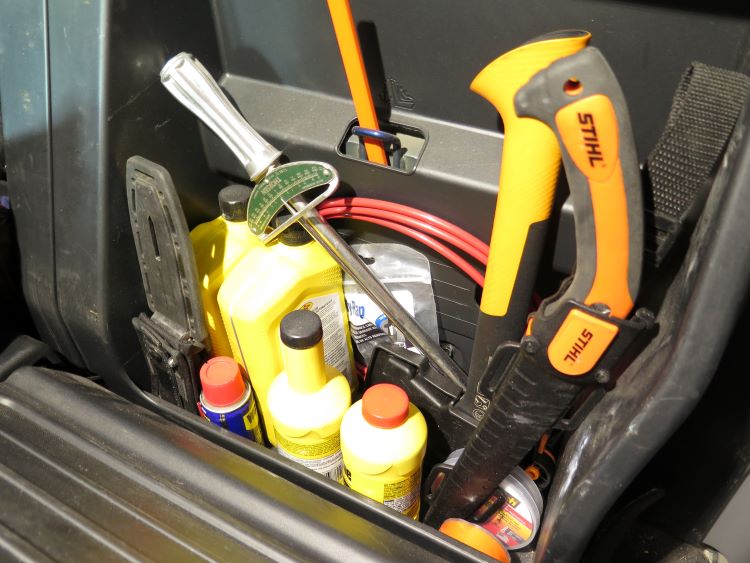
Fluids:
Gas
Oil
Power steering fluid
Brake fluid
Automatic transmission fluid (or gear oil for manual transmissions)
Water, distilled
WD-40
Dump Weight:
Minimize ½” drive sockets and drivers
Use torque wrench as ½” driver breaker bar
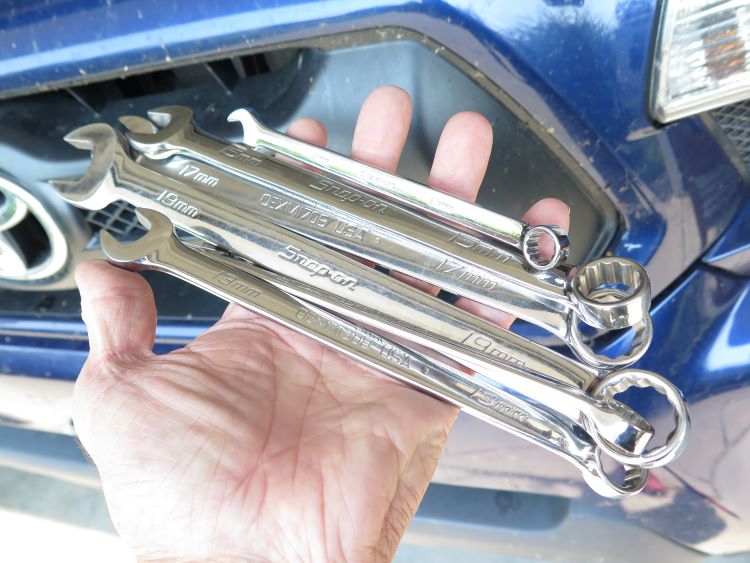
The above list is comprehensive, but sides with the enemy of overlanding: weight. So at this point, assemble the list, and then use it as the staging platform for particular trips. There are tools listed that require spare parts for the tool to be needed. There are tools that require specialized repair knowledge. And there are tools that in theory might be needed someday, but the chances are remote. So my advice here is to assemble the basic kit of absolute essential tools. This will be a fixed set that you then supplement depending on your anticipated adventure. Then view the rest of the tools through the lens of probability and options. Do you really need two 15mm shallow sockets, one ¼ drive and one ⅜? Probably not since the torque difference between them is, under most circumstances, the same. But what about the extensions? Shallow or deep? Long handle or regular?
Of course Murphy is always lurking just around the corner, but remember, overlanding is seeking adventure by putting yourself in positions full of unknowns. It is that comfort with ambiguity that keeps us on our toes and makes us feel alive. So look over the overall list and start with those things that could literally save your life in the short term. Include them without question. Then consider what gear can sustain life like a hatchet for firewood, or likely to be needed like a shovel and bucket. Then consider weight from the perspective of it the added weight really will make a difference. Like the 5.5mm socket. It is likely never to be used on the trip, but it also adds almost no weight. If you know what it is for, then decide accordingly. If you just include it because it’s on this list, then don’t worry about it.
There are also sets of sockets and wrenches that put the con in convenience. There might be literally no fastener on your rig that takes that size spanner or socket, so why bring it? And thus begins the down bound spiral of “just in case.” My philosophy is to worry more about the larger questionable tools and not sweat the small ones. Maybe my rig has no need for an 11mm socket, but plenty of 10s and 12s. I’m not worried about that, but I’ll skip the 23mm when carrying the 22 and 24. And I get it. Those blow-molded plastic cases with a place for everything and everything in its place make is ever so convenient to just bring the entire set rather than ditching a piece or two. And the loss of precious real estate due to plastic filled with air can become a significant concern when overlanding. Leave the plastic cases to the AAA Roadside Repair guys.
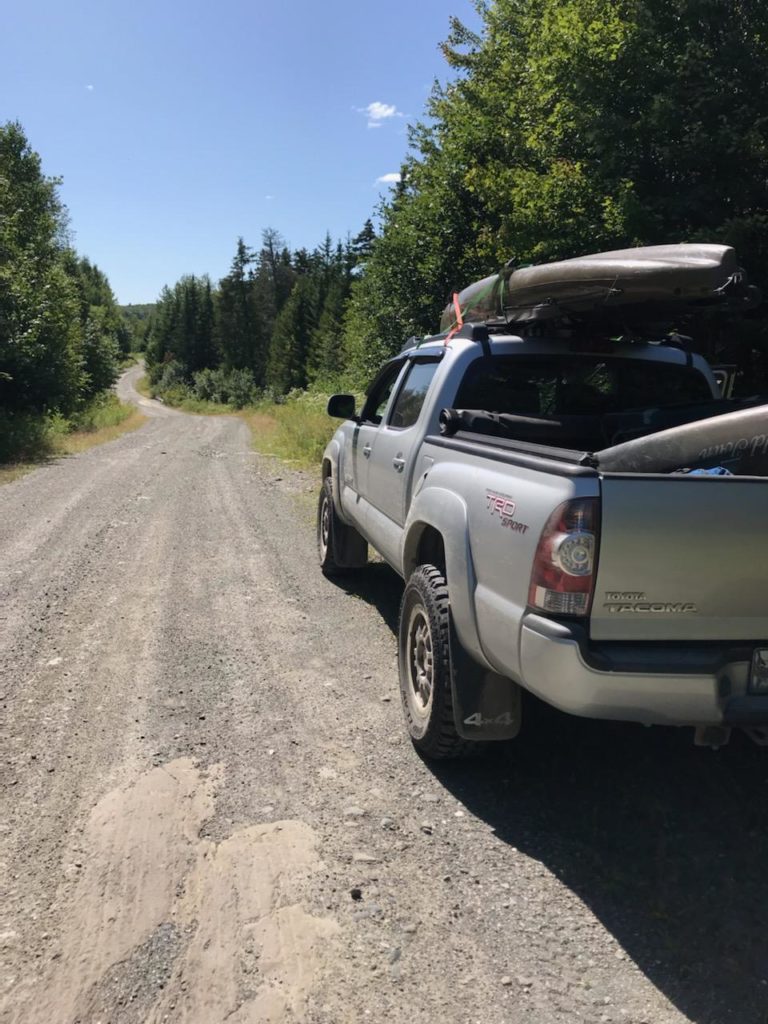
So here we go. First, have the tools listed above available in your garage. Then assess the realities of your trip. How long? How far from help? The ratio of on-to-off road. The condition of your vehicle, and any anticipated issues. And then consider the relationship between the tools and gear. If you really need ATF fluid, what else will you need? Same with brake fluid. And there are endless fluid substitutions for WD-40. Be realistic and not let the prepper or survivalist in you treat your trip like an apocalyptic bug out. No doubt you will be bogged down with two kitchen sinks (one is none and all that) while a Prius with stock tires squeezes by you on that secluded mountain pass and the two clueless overlanders driving it are having the time of their lives.
